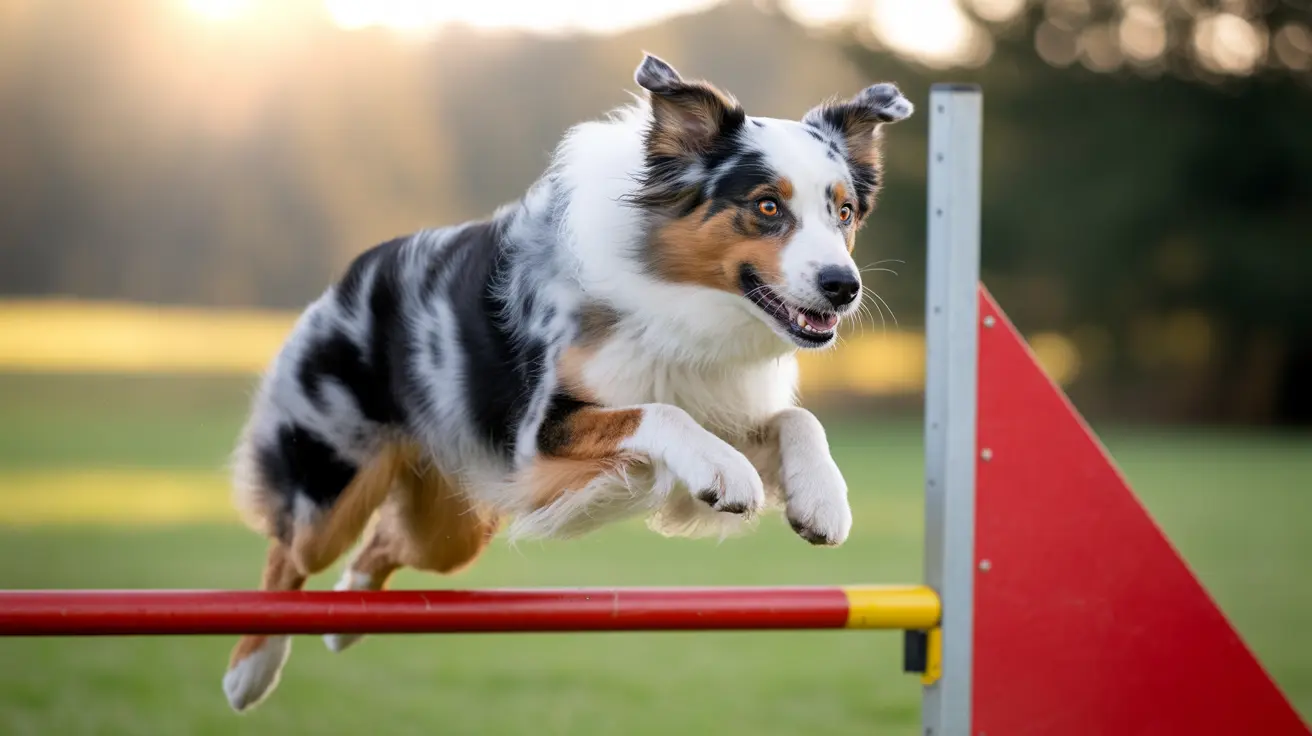Can Dogs Feel That You Love Them?
Dogs are often regarded as loyal companions and beloved members of the family, but one of the most heartwarming questions many pet owners ask is: Can dogs feel that you love them? According to behavioral science and decades of co-evolution with humans, the answer is a resounding yes. Dogs have developed sophisticated ways of interpreting human emotions, cues, and actions, and they reciprocate affection in distinct, heartwarming ways.
Why Dogs Understand Human Affection
Dogs have been domesticated for thousands of years, leading to an exceptional ability to bond with humans. Through selective breeding and environmental socialization, dogs have evolved to be highly attuned to human behavior. They recognize our facial expressions, respond to our voices, and learn the dynamics of our routines, making them remarkably perceptive companions.
Some key ways dogs detect love include:
- Tone of Voice: Soothing, happy verbal cues indicate friendliness and affection.
- Physical Touch: Petting, cuddling, and grooming are interpreted as nurturing interactions.
- Consistency: Regular feeding, walking, and play support secure attachment.
- Eye Contact: Sustained, soft eye contact stimulates oxytocin—the bonding hormone—both in humans and dogs.
How Dogs Show They Feel Loved
Dogs reciprocate emotional warmth in a variety of familiar ways. Recognizing these behaviors helps strengthen the human-animal bond.
- Enthusiastic Greetings: Dogs greet loved ones with tail wags, bounces, and sometimes vocal excitement regardless of how long they’ve been apart.
- Licking: This is a grooming and bonding behavior often used to show affection and submission.
- Leaning: Dogs lean their full weight against people they trust, similar to a comforting hug.
- Following You: Dogs naturally want to stay close to the people they’re attached to, often shadowing them from room to room.
- Sharing Toys: Bringing their favorite items to you can signal trust and a desire to engage in play or share valued possessions.
- Soft Gaze: Eye contact with relaxed body language is a powerful sign of comfort and affection.
- Sleeping Beside You: Sleep is a vulnerable time; dogs resting close to or on their owners indicate a deep sense of safety and love.
- Showing Their Belly: Exposing the belly is a signal of ultimate trust, often requesting affectionate belly rubs.
- Playful Behavior: Jumping, tail-wagging, and silly antics are ways dogs express happiness and bond through interaction.
- Jealousy: Some dogs show protective behavior or seek attention when they feel left out—proof of emotional investment.
- Stealing Scented Items: Dogs may take your socks or shoes because your scent comforts them during absence.
- Recognizing Names: Dogs can learn to associate your name with positive experiences and respond with enthusiasm when they hear it mentioned.
- Comforting Presence: Sitting close, leaning a head or paw on you during tough times is a natural consoling gesture from dogs.
- Protective Instincts: Many dogs place themselves between their owner and perceived threats, reflecting care and loyalty.
- Subtle Gestures: Smiling, relaxed postures, and tail wagging with a fluid, happy motion all communicate well-being and love.
Understanding Your Dog’s Unique Love Language
Just like people, dogs have individual preferences for expressing and receiving affection. Some may love cuddles, while others prefer play or verbal praise. Learning your dog’s love language enhances communication and deepens the relationship.
- Pay attention to what your dog responds positively to.
- Respect their boundaries—don’t force contact when they prefer space.
- Reward affection with affection: smile, talk gently, pet them as they need.
The Science Behind Canine Affection
Research shows that human-dog interactions trigger oxytocin release in both parties. Known as the ‘love hormone,’ oxytocin promotes bonding, trust, and emotional connection. Activities like petting your dog, talking to them, or sharing physical closeness elevate oxytocin levels, reinforcing feelings of safety and intimacy.
Dogs also produce serotonin and dopamine—the same chemicals that contribute to human happiness. Thus, spending time with their humans genuinely makes dogs feel good, just as it does for us.
Building a Loving Relationship with Your Dog
To help your dog feel your love, maintain a consistent, compassionate environment. Prioritize positive reinforcement, training through encouragement, and spending quality time together. Simple, everyday actions like brushing your dog, playing fetch, and going for a walk are rich bonding opportunities.
Here are a few practical tips:
- Establish a routine and stick to it—it creates trust and predictability.
- Speak kindly and frequently to your dog using their name.
- Use affectionate touch appropriately—pet, scratch, or cuddle as desired by your pet.
- Create a safe space for downtime near where you spend your time.
- Engage in mentally stimulating activities—training, puzzles, and new experiences.
Conclusion
Yes, dogs truly can feel loved. Through their evolved sensitivity to human emotion and behavior, they interpret our caring gestures and return them in profoundly emotional and endearing ways. Recognizing and reciprocating your dog’s unique methods of expressing affection will lead to a deeper, richer relationship—a bond built on trust, joy, and unconditional love.





